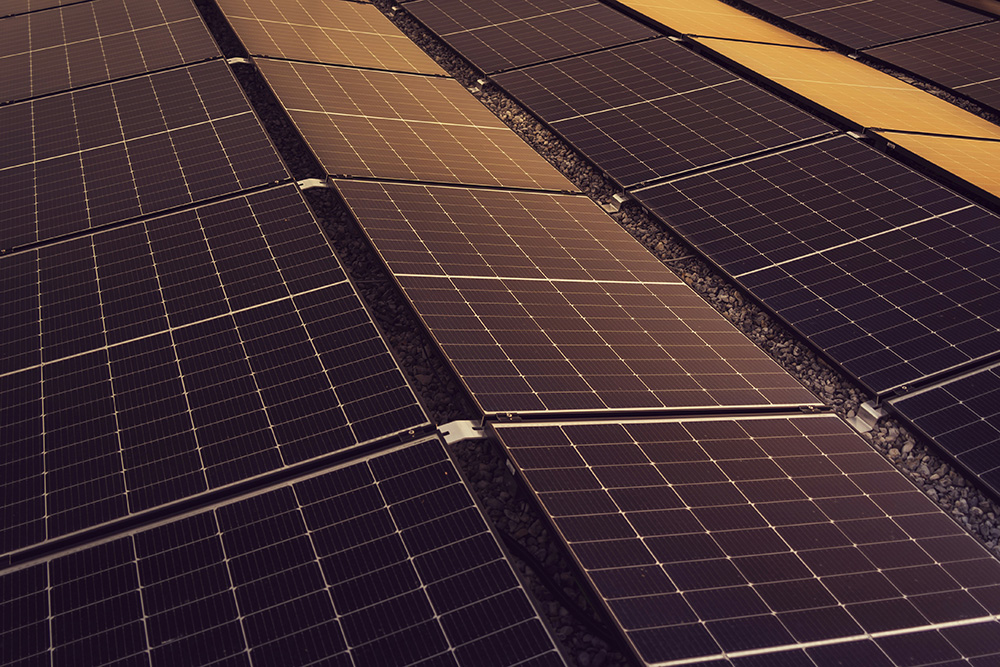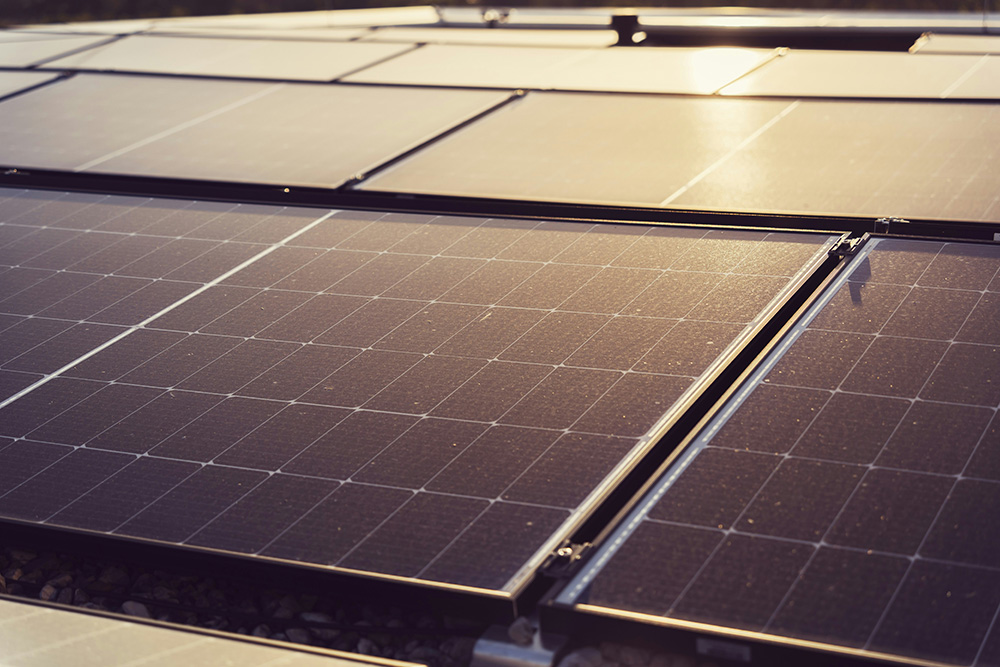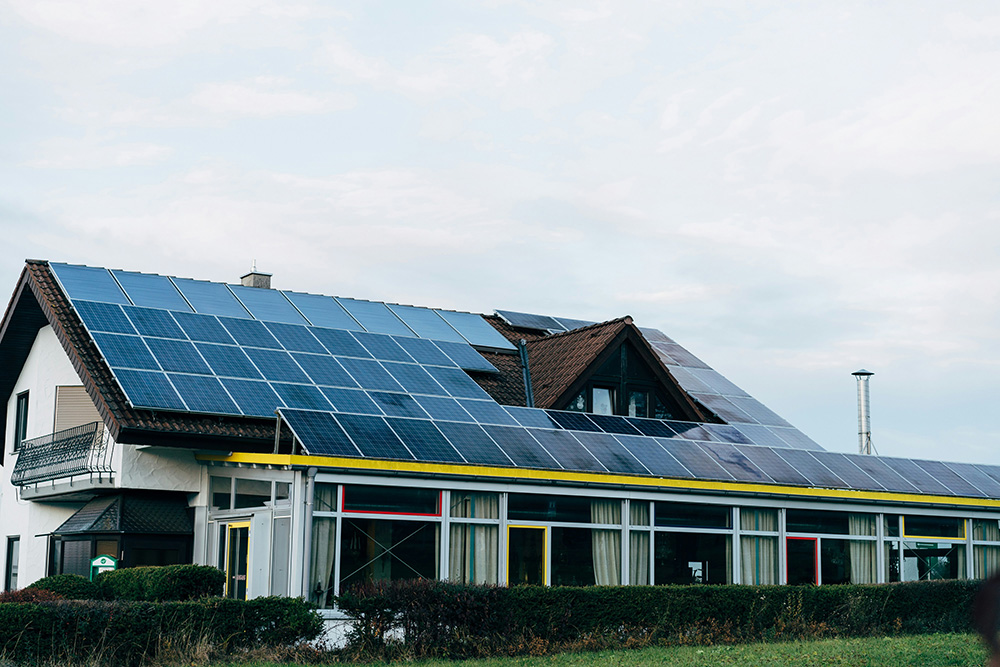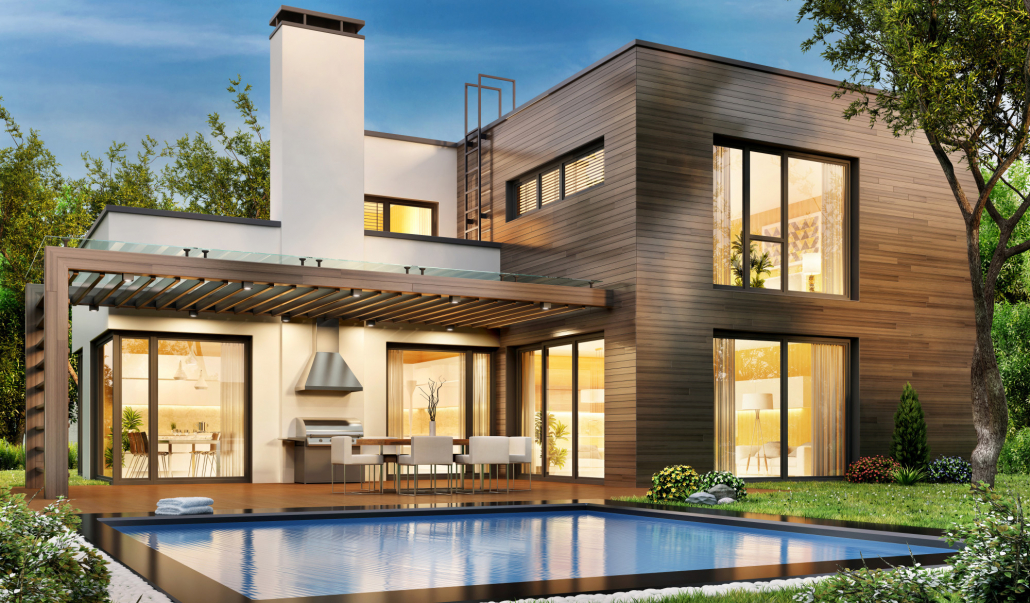Installing Solar Panels on a Metal Roof: What to Consider and the Benefits
Switching to solar power is one of the best decisions homeowners and companies can make to save energy expenses and contribute to a better future. If your home has a metal roof, you’re in luck. Metal is one of the most suitable roofing materials for solar panel installation. With proper preparation and a reputable renewable energy company, you may enjoy decades of clean, affordable electricity.
Why do metal roofs work well with solar panels?
Metal roofs are sturdy and long-lasting, with lifespans ranging from 40 to 70 years. This makes them an excellent choice for solar panels, which typically last 25 to 30 years. You won’t have to worry about replacing the roof before the solar system runs out of life.
Another advantage is strength. Metal roofs can easily support the weight of solar panels, and their shape generally allows for easy mounting solutions that do not involve drilling holes or extensive roof penetration.

Key Considerations Before Installing
- Roof Conditions and Types
Ensure that your metal roof is in good shape. Standing seam metal roofs are suitable because solar racking systems may be attached directly to the seams, eliminating the need for drilling. Corrugated or trapezoidal metal roofs can also be used, however the installation procedures may vary. - Angle and orientation
The slope of your roof and the direction it faces will determine how much sunshine your panels absorb. A renewable energy firm can do a site assessment to determine the best placement for greatest efficiency. - Mounting Options:
- Standing Seam: Clamps attach without entering the roof.
- Corrugated panels typically require brackets and seals to ensure weatherproofing.
- Flat metal roofs may require angled mounts to place panels towards the sun.
- Ventilation and shading
Look for chimneys, vents, or neighbouring trees that may provide shadow and limit performance. Proper planning guarantees that your panels produce a continuous high output. - Local Regulations and Incentives.
Building requirements, utility connections rules, and potential tax credits or rebates can have an impact on your installation. A qualified renewable energy company can guide you through these requirements.

Advantages of Installing Solar on a Metal Roof
- Longevity and durability
Because both the roof and the panels have extended lifespans, you can enjoy decades of steady energy without having to replace the roof. - Energy Savings
Solar panels can drastically reduce, or even eliminate, electricity expenditures. Many regions allow you to sell excess power back to the grid. - Eco-Friendly Choice
Using the sun to generate electricity reduces your dependency on fossil fuels and lowers your carbon footprint. - Improved property value
Homes and businesses with solar systems are more appealing to purchasers, making solar an excellent investment. - Low maintenance.
Both solar panels and metal roofs require little maintenance, making this combination one of the most convenient renewable energy options available.

Thoughts
Installing solar panels on a metal roof is one of the most effective ways to maximise efficiency, lifespan, and sustainability. With the proper design and installation, your system may provide dependable energy for decades, while also protecting the environment and your wallet. Working with an experienced renewable energy firm ensures that you make the most of your investment, from system design to installation and ongoing maintenance.




